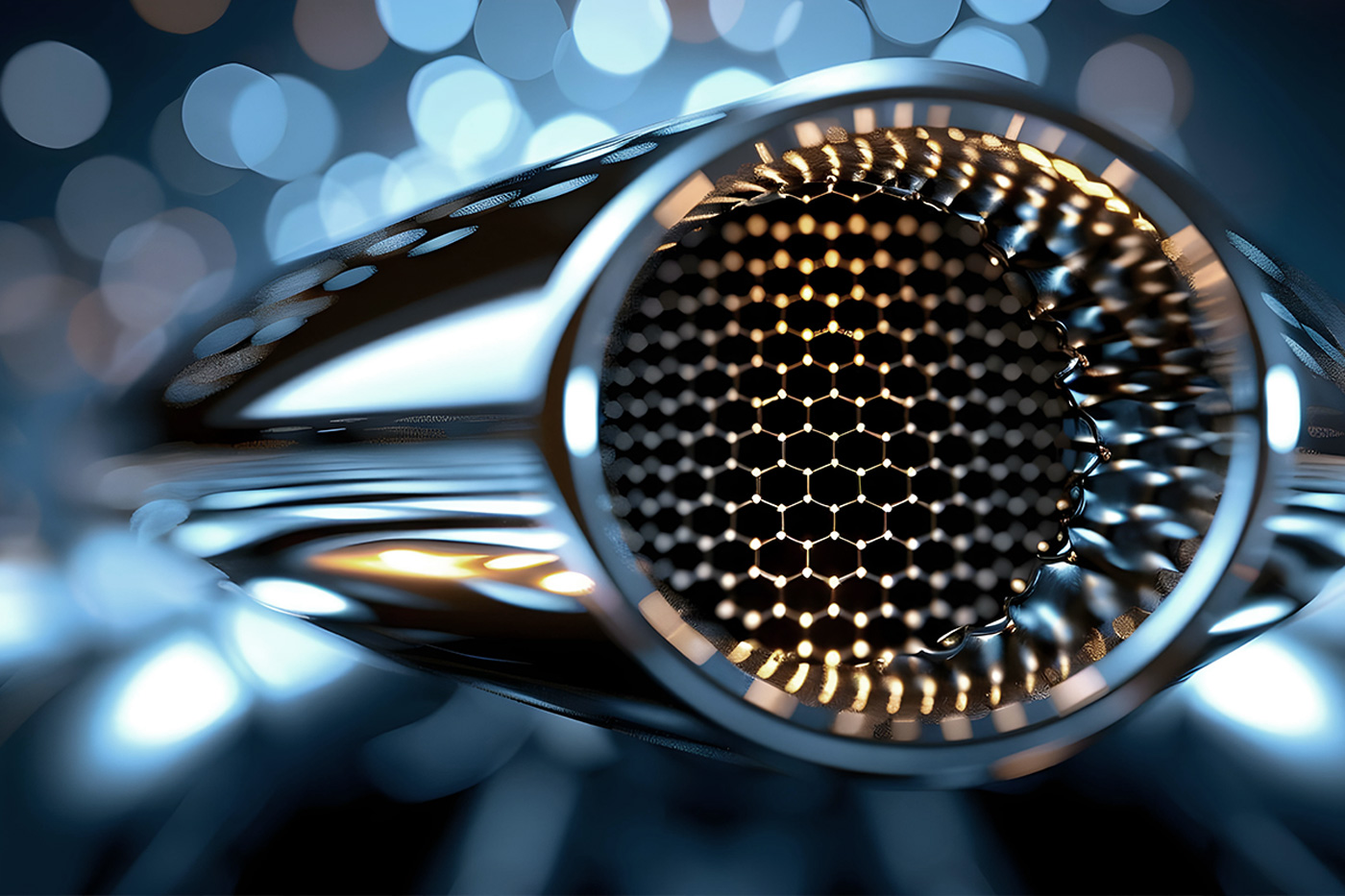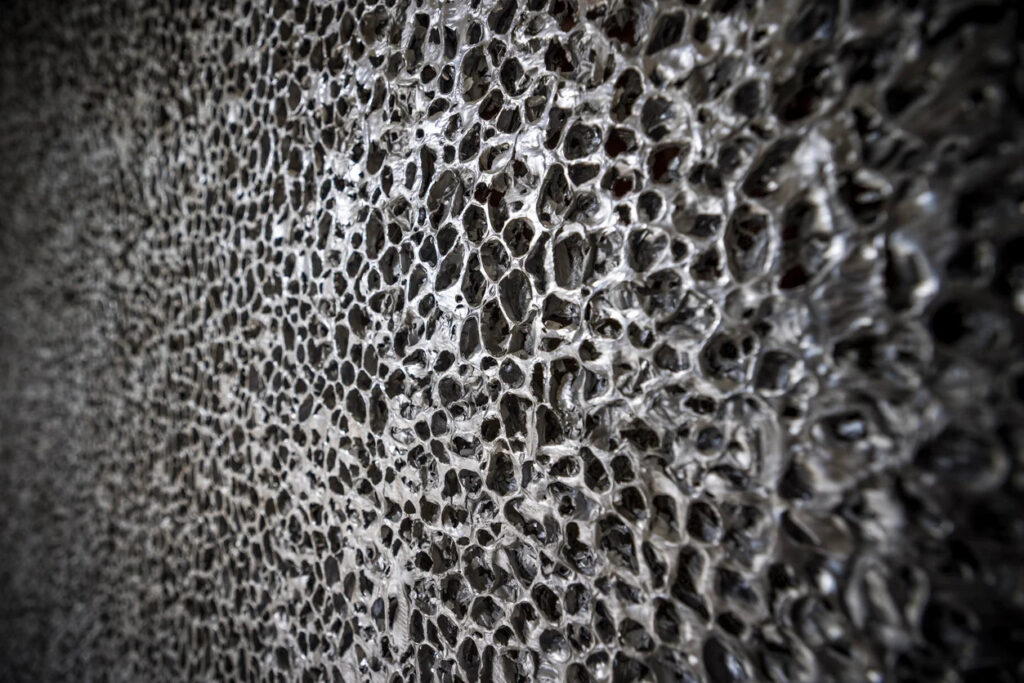Anyone involved in powder metallurgy cannot avoid the topic of sintering. The proven processing method for metal powder has numerous advantages over other approaches. We have summarised the five most important arguments in favour of sintering as part of powder metallurgy for you in this article.
Powder metallurgy and sintering: a real dream team
Producing or purchasing metal powder may not seem like the best choice at first. After all, you have to process existing materials from scratch or buy them in powder form at comparatively high prices. However, at the latest when powder metallurgy is combined with sintering technology, the perceived diversions in production suddenly makes sense. This is because sintering has a number of advantages that convince many workpiece manufacturers. It is not without reason that the process is used across all industries: from car manufacturing to dental technology, sintering is an integral part of day-to-day business.
Advantage 1: Processing and combining complicated raw materials
If you normally want to combine two starting materials, this can be difficult or even impossible depending on the combination. Different melting points or materials that differ in terms of their solubility make mixing complicated. Metal powders, on the other hand, are easy to mix - almost as easy as pepper and salt. These mixtures can then be combined during sintering to form a new material.
As liquefaction of the starting material is not desired, the different melting points no longer play a role. The only important thing is that the melting point of the material with the lowest phase is not exceeded. Sintering is also sometimes the best processing option for individual materials. This applies, for example, to metals with an extremely high melting point, such as tungsten. These materials can only be sensibly processed and moulded using powder metallurgy and sintering without the energy and time required being too great.
Advantage 2: Production of complex moulds
Metal powders have a major advantage over other raw materials: they can be easily shaped into any form without a great deal of preparatory work such as melting if the right tool (comparable to a mould) is available. This means that you can also produce complex components in just one step during sintering without the need for mechanical processing. Toothing, grooves, profiles or similar can be worked into the desired workpiece without any problems. Subsequent grinding, filing or other moulding by hand or with additional machines becomes superfluous. This saves time, money and material usage.
Another advantage: due to their porosity, sintered parts weigh up to 25 % less than comparable components made from solid materials. This makes transport and storage easier. If the components are later installed in the automotive industry, for example, the lightweight sintered parts can save important kilos.
Advantage 3: High dimensional accuracy
However, simple handling alone is not enough to achieve satisfactory results in most applications. After all, the accuracy must also be right in the end. And this is another area where sintering scores highly. Pressing in the mould produces workpieces with a very high dimensional accuracy. Depending on the calibration of the tool, the tolerance values perpendicular to the pressing direction can be optimised down to ISO tolerance 5. The differences in the height of the components are somewhat greater, but can be easily minimised by post-processing. This means you can also use sintering for critical components where accuracy plays an extremely important role.
Advantage 4: High reliability and reproducibility
The purchase of a sintering tool and the corresponding accessories is too cost-intensive for the production of individual pieces or components in small quantities. Instead, sintering is always used in metallurgy when a large number of components need to be produced. The reliability and reproducibility of the results therefore also play a decisive role in the assessment of the process. As already mentioned, sintering is ideal for moulding complex components where deviations cannot be easily corrected. The stability of the tools (moulds), professional calibration and software-supported process control enable reliably reproducible results.
Advantage 5: Environmentally friendly technology
Environmental friendliness and sustainability are becoming increasingly important in day-to-day business across all sectors. While sustainable changes can be quickly implemented in office jobs, from LED lamps to regional organic fruit baskets, industry is often still looking for ways and means. One starting point could be alternative processing methods for materials. After all, sintering is considered a green technology in powder metallurgy - for several reasons:
- The materials are optimally utilised, there is no waste.
- Ideally, product residues can be reused.
- There is no waste such as shavings or similar.
- As a lower temperature is required than for melting, for example, you consume less energy during sintering.
- The micropores allow sintered parts to be filled with lubricating oil, making them suitable for self-lubricating bearings. This reduces the use of lubricants.
- The minimised weight also contributes indirectly to environmental protection: Less energy is also required to transport the lightweight sintered parts.
If you are looking for an environmentally friendly alternative to your previous production methods, sintering could be just the thing.
Powder metallurgy would hardly be conceivable without sintering
Sintering is the top process when it comes to the further processing of metal powders. Compared to other processes in which solid materials are used, sintering can score points with its advantages - across all areas. From the simple handling of otherwise complicated starting materials and the reliable production of even complex components in large quantities to the aspect of sustainability in the context of corporate social responsibility, sintering knows how to impress.














